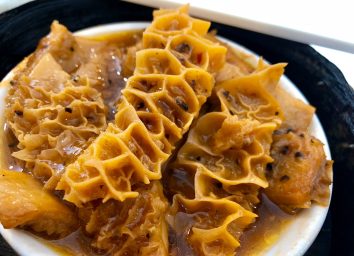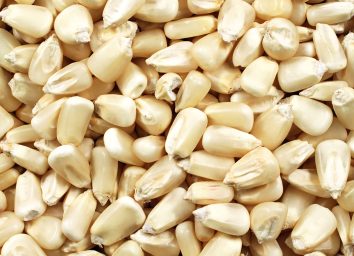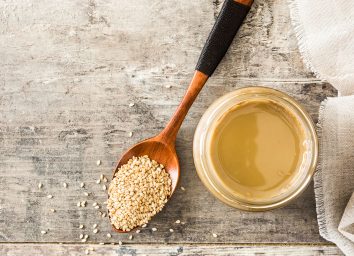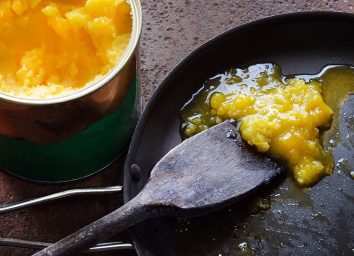What Is Lard and Is It Bad for You?
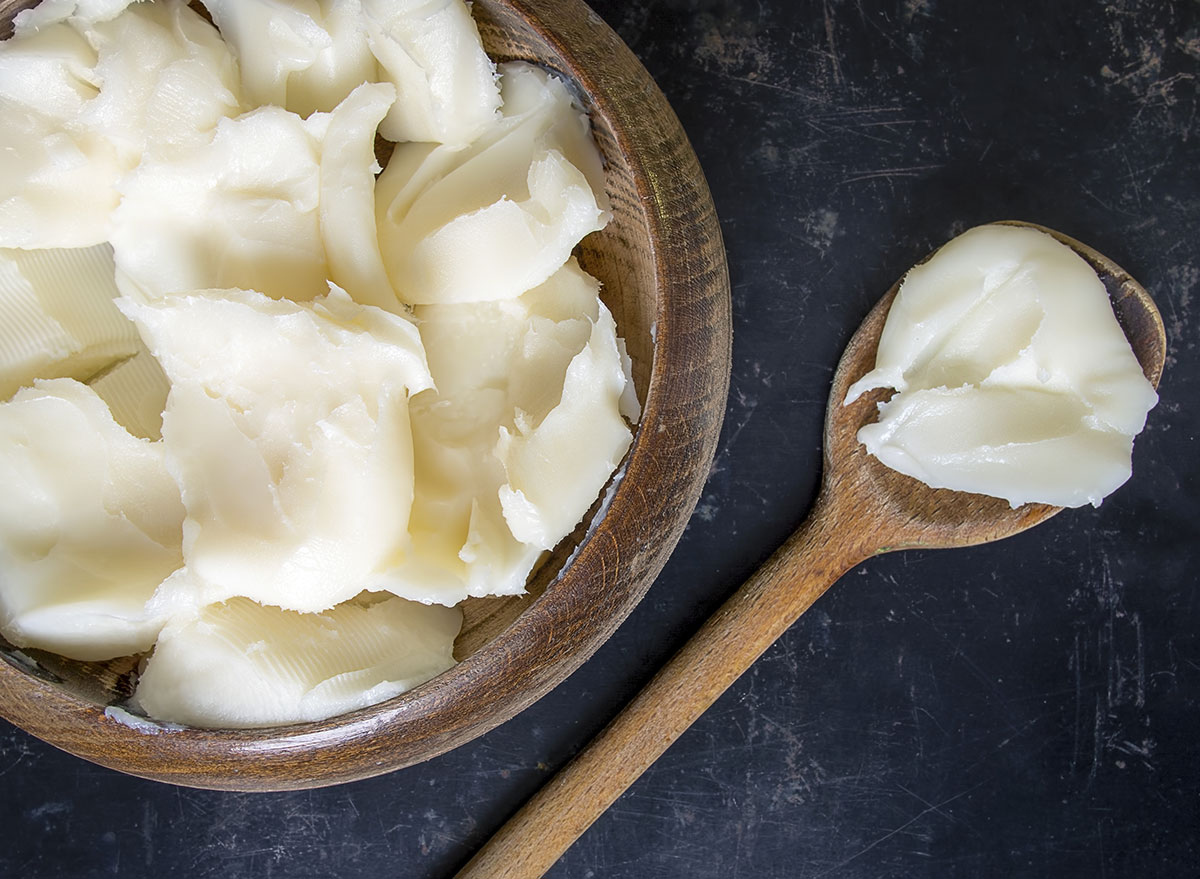
Among the many culinary rules that have been passed down to you over time (don’t crowd the pan, taste before adding salt), the idea that lard is bad for you might be one of them. But before you reach for butter or coconut oil on your next grocery run, here’s why you might want to consider the misunderstood old-school fat instead.
What is lard?
Lard is rendered pig fat that’s most commonly used in pastry crusts. While it won’t make your baked goods taste like smoky bacon, people swear by the delicate, neutral flavor it adds to things like biscuits and pie crust.
Lard used to be just as popular as—if not more than—butter. But until recently, it’s been generally looked down upon, and without a truly good reason. The smear campaign is similar to the recent battle between corporate sugar and fat proponents. In the early 1900s, vegetable shortening came onto the scene and the big brands tried to oust lard from its throne with aggressive marketing campaigns. Now, much like tie-dye and fanny packs, lard is making a comeback.
What are the health benefits?
While it isn’t vegetarian or vegan, lard is dairy free, something that butter can’t say for itself (looking at you, paleo-followers). And compared to other fats (especially butter), lard is considered one of the healthier options of the group.
It’s a single unprocessed ingredient which is as natural as it gets, and it contains zero trans fats. While it should still be consumed in moderation, lard has less saturated fat than butter and coconut oil.
How to use it
If you’re on a mission to make the flakiest pie crust, you can do no better than lard as your main ingredient of choice. When you bake a crust, the fat melts away to leave little air pockets that lend to its flakiness, and since lard has particularly large fat crystals, it leads to a flakier final product.
By the same crust logic, it is also the reason why traditional empanadas are so delicious. Other savory applications abound. You’ll want to use lard if you’re trying your hand at homemade sausage or paté, or if you wanted homemade Mexican tamales or carnitas. It also has a high smoke point, so you can use it at high temperatures without issue, and it’s a great fat to use for both deep- and shallow-frying.
Or, in its simplest use, do as the Europeans used to do and spread it on toast as if it were butter.
Bottom line: Lean into lard?
Definitely. It’s a versatile fat that, despite despite its recent bad rap, was widely used throughout culinary history and is now making a rightful comeback. For the best product, go to a specialty shop or butcher, so you can make sure you’re getting lard from the choicest part of the pig (although you can find it canned in grocery stores). Consider it your secret weapon for baking, and get ready to wow the table at Thanksgiving this year.
